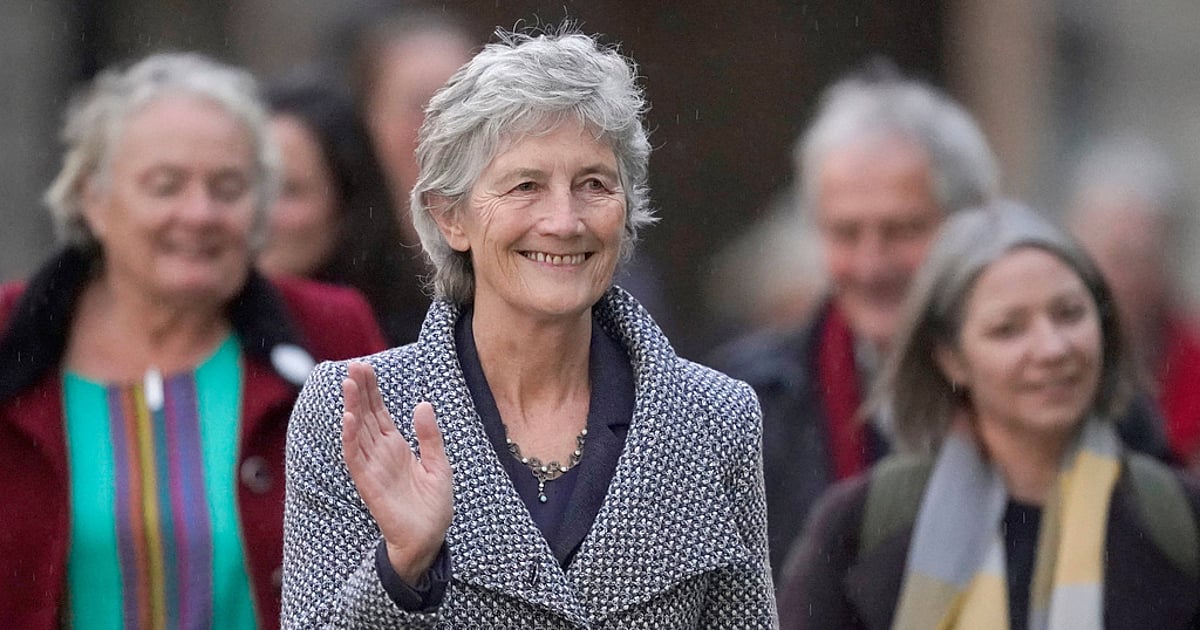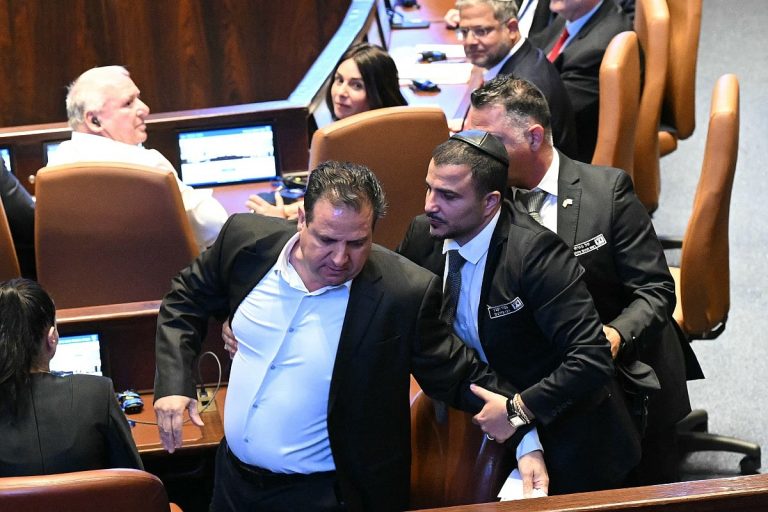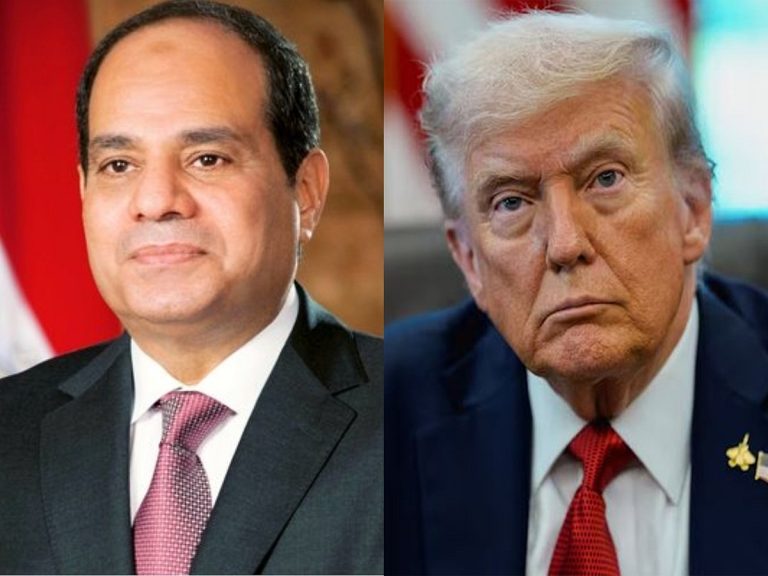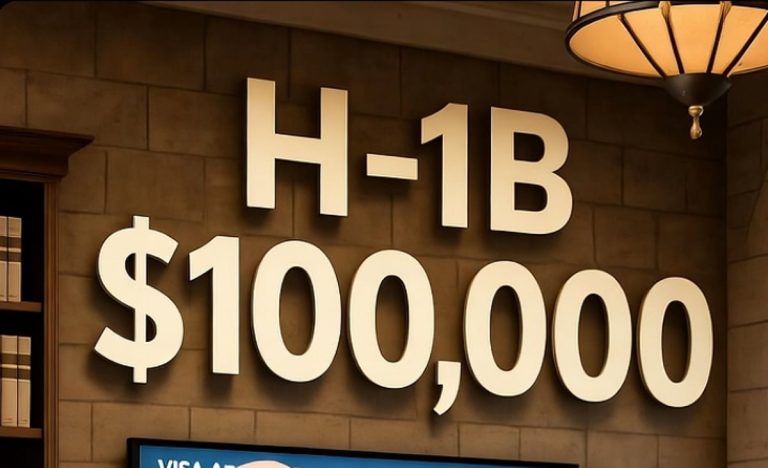Catherine Connolly Wins Ireland’s Presidential Election
Catherine Connolly has emerged victorious in Ireland’s recent presidential election, marking a significant shift in the country’s political landscape. The left-wing independent candidate garnered over 63 percent of the votes, defeating her centrist rival, Heather Humphreys, who received 29.5 percent. Despite the decisive win, the election was overshadowed by an unprecedented number of spoiled ballots and concerns regarding the lack of diverse political representation.
Election Results and Voter Sentiment
Connolly’s victory was celebrated with enthusiasm, yet it was tempered by the fact that nearly 13 percent of the 1.65 million ballots cast were deemed invalid, setting a record for modern Irish elections. This high rate of spoiled votes reflects a growing discontent among voters, particularly regarding issues such as immigration and crime. In her acceptance speech, Connolly acknowledged the concerns of those who did not support her, stating, “I will be an inclusive president to listen to all of you.”
Key Issues and Future Challenges
As Connolly prepares to take office next month, she has pledged to be a “voice for peace” and to address the pressing issue of climate change. Her election could signal a period of increased tension between the presidency and the government, given her outspoken views on various topics, including military spending in Europe. Prime Minister Micheal Martin congratulated Connolly on her campaign, expressing optimism about working together as Ireland continues to assert its presence on the global stage.
The election also highlighted a significant divide in voter sentiment. A recent poll indicated that 49 percent of the electorate felt unrepresented in the presidential race, which was largely characterized by a two-horse contest. The absence of right-wing candidates and the withdrawal of another Fianna Fail candidate from the race left many voters dissatisfied.
The Political Landscape Ahead
Connolly’s support from left-wing parties, including Sinn Fein, suggests a potential shift in Ireland’s political dynamics. Political analysts, such as Trinity College Dublin’s Lisa Keenan, believe that this unity among left-wing factions could challenge the long-standing dominance of Fine Gael and Fianna Fail. Sinn Fein leader Mary Lou McDonald has expressed hope that Connolly’s election could pave the way for a new political era, emphasizing the need for a politics rooted in optimism and grassroots activism.
FAQs
What percentage of the vote did Catherine Connolly receive?
Catherine Connolly received over 63 percent of the votes in the presidential election, significantly ahead of her opponent Heather Humphreys, who garnered 29.5 percent.
What were the main concerns during the election?
Voter concerns included a lack of right-wing candidates, issues related to immigration and crime, and dissatisfaction with the overall representation in the election, as evidenced by a record number of spoiled ballots.
When will Connolly officially take office?
Catherine Connolly will officially begin her seven-year term as president next month, succeeding Michael Higgins, who has held the position since 2011.
Conclusion
Catherine Connolly’s election as Ireland’s president marks a pivotal moment in the country’s political landscape, characterized by significant voter discontent and calls for change. As she prepares to assume office, the focus will be on how her administration addresses pressing issues and navigates potential conflicts with the government. The coming months will be crucial in determining the impact of her presidency on Ireland’s future.
Connolly’s election comes at a time when Ireland is grappling with various socio-economic challenges, including housing shortages and rising living costs. These issues have been at the forefront of public discourse, and many voters are looking to the new president for solutions that prioritize social equity and sustainability. Her administration’s approach to these challenges will be closely monitored, as constituents expect tangible results in addressing their concerns.
Moreover, Connolly’s presidency may influence Ireland’s foreign policy, particularly in relation to the European Union and international relations. Her stance on military spending and defense could lead to a reevaluation of Ireland’s traditional neutrality, especially in light of recent geopolitical tensions. The upcoming months will reveal how Connolly balances domestic priorities with her vision for Ireland’s role on the global stage, potentially reshaping the country’s diplomatic strategies.
Also Read:
The Diplomat Season 4: What to Expect and Release Info







